Muhammad Ali Convicted for Refusing to Join Army
On June 20, 1967, boxing legend, Muhammad Ali, was convicted for refusing to comply with his draft to join the US Army. He was sentenced to five years in prison, fined $10,000, and banned from boxing for three years. Consequently, he was stripped of his heavyweight title.
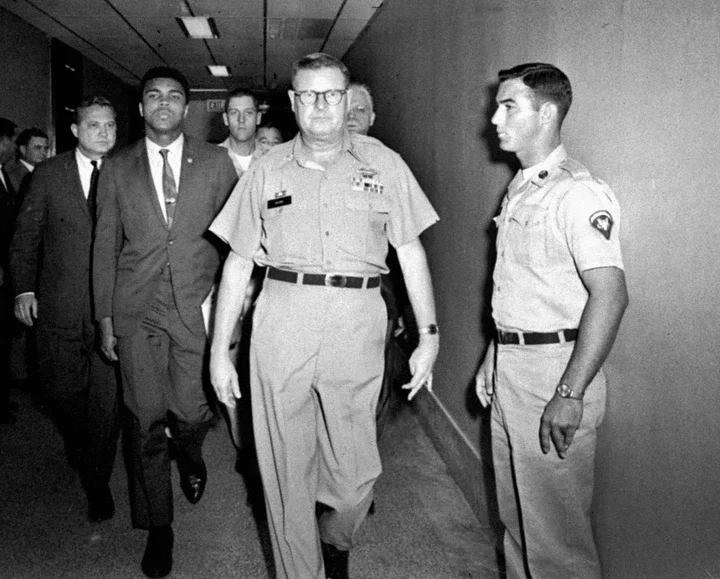
Earlier on April 28, 1967, Ali refused to be inducted into the U.S. Army to fight the Vietnam war, citing his Muslim faith and declaring, "I ain't got no quarrel with those Vietcong."
While his case was on appeal, he returned to the ring on October 26, 1970, defeating Jerry Quarry. Ali faced Joe Frazier in the "Fight of the Century" on March 8, 1971, and suffered his first professional loss. However, the U.S. Supreme Court later overturned his conviction on June 28, 1971.
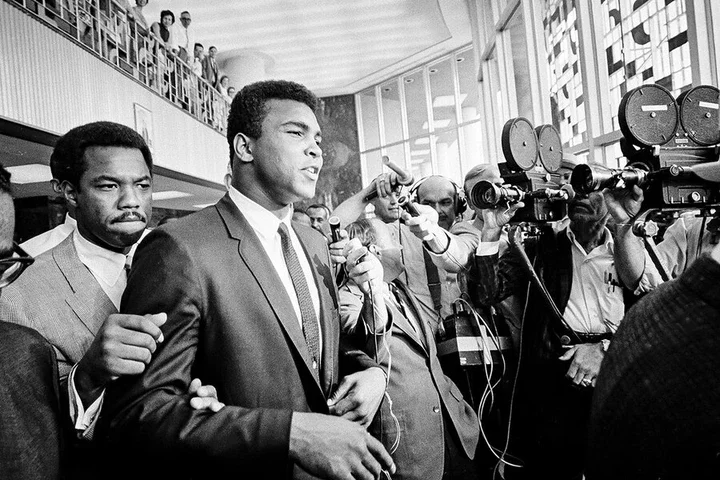
On January 24, 1974, Ali defeated Frazier in a rematch. Later that year, on October 30, he reclaimed his heavyweight title by defeating George Foreman in the "Rumble in the Jungle" with an eighth-round knockout and revived his boxing career.
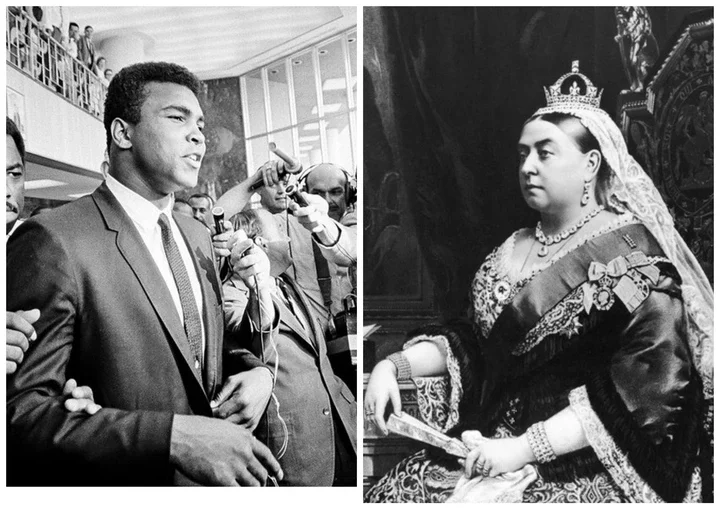
Queen Victoria Takes Over At 18
Also, on this day in 1837, Victoria became Queen at 18. She took over after William IV died. Her reign marked a period of Britain's vast industrial expansion, economic progress, and empire growth, famously described as the empire where 'the sun never set'.
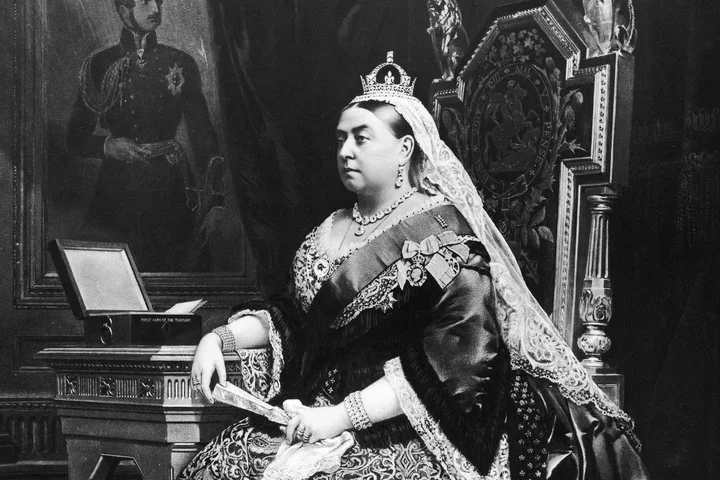
Born on May 24, 1819, at Kensington Palace, Victoria was the only child of Edward, Duke of Kent. She became heir after the death of her father and the lack of surviving legitimate heirs among her uncles-George IV, Frederick Duke of York, and William IV.
Influenced by Prime Minister Lord Melbourne and her husband, Prince Albert, whom she married in 1840, Victoria learned to navigate the constitutional monarchy's limited but influential role. Albert's death in 1861 left her in deep mourning as she wore black for the rest of her life.
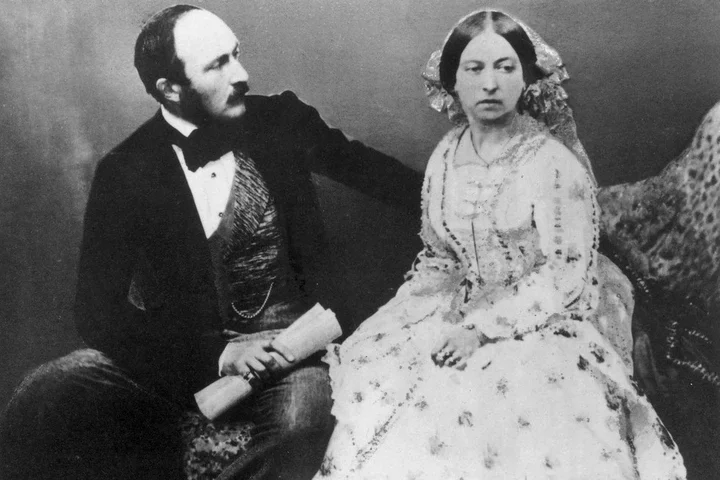
Victoria rarely appeared in public after his death, though she continued her official duties and meetings with ministers, reluctant to resume a full public life. She survived seven assassination attempts during her lifetime. She eventually died at Osborne House on the Isle of Wight on January 22, 1901, following a reign that spanned nearly 64 years.



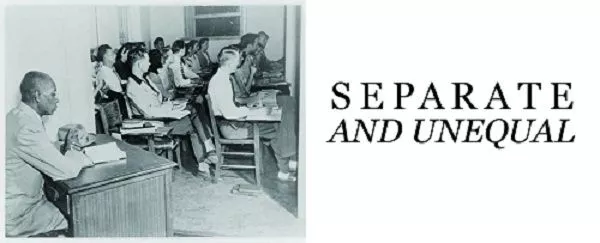

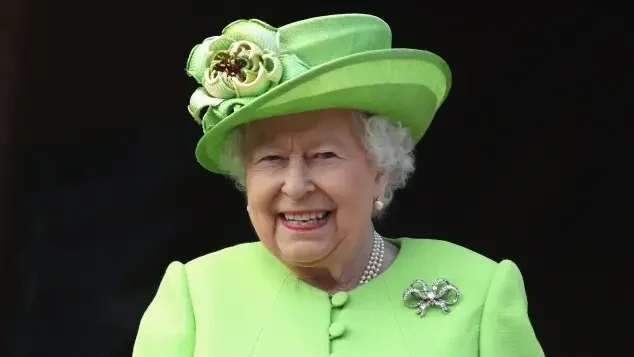











Comments